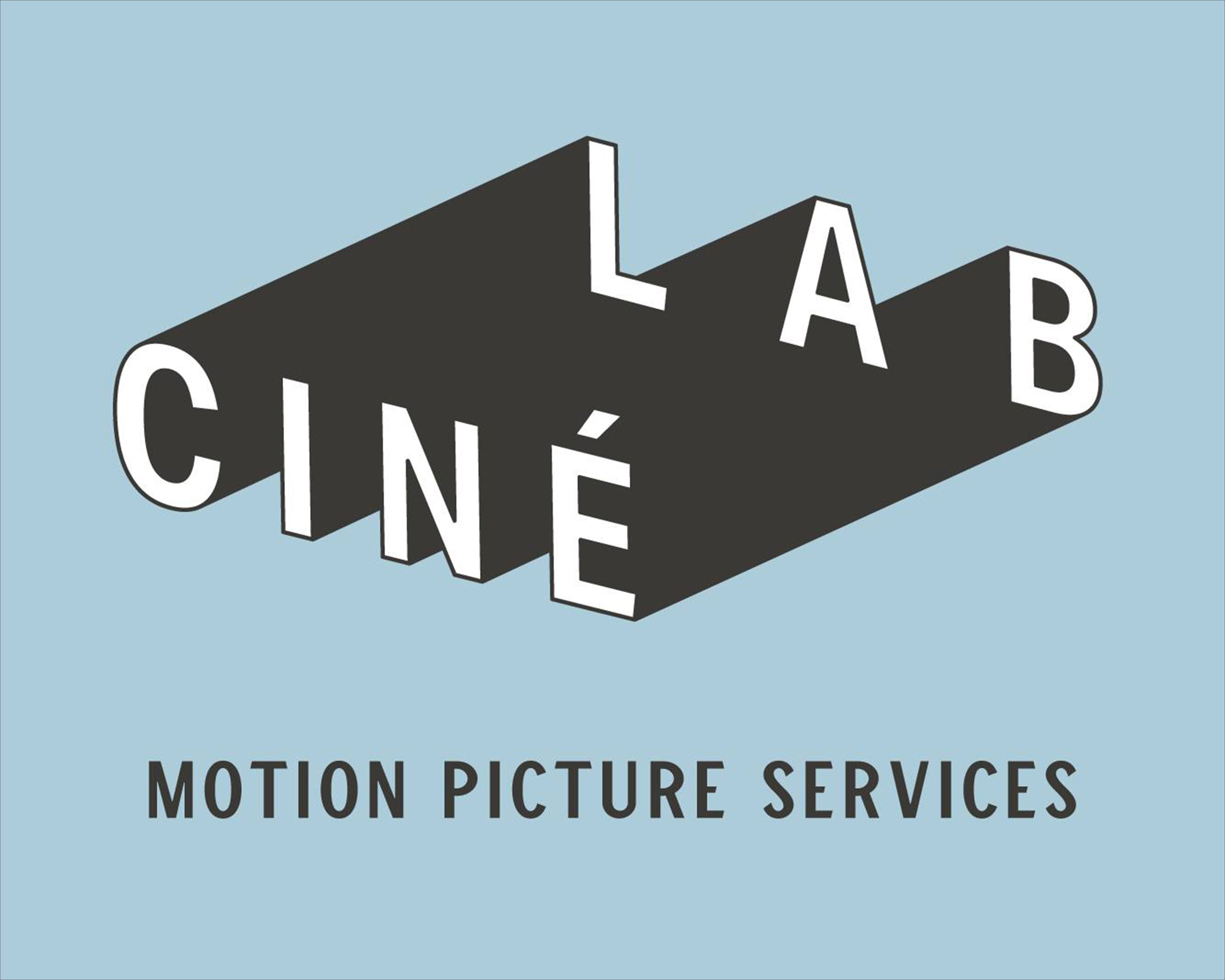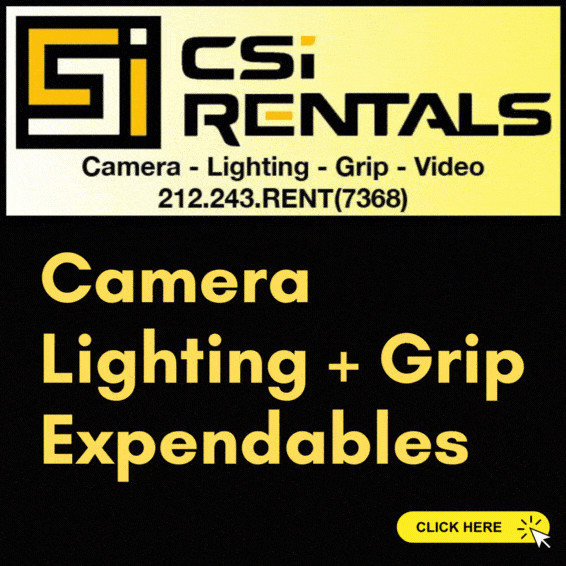Garrett Davis
New member
I just recently shot a short film on the kodak 7219 stock. I rate my stock a 1/3 slower and actually shot my first moonlit sequence. A lot of the projects I have shot at school usually involve night scenes which take place in the city. So usually its motivating either practicals or street light coming in through a window. Usually I expose that light at key and let my shadows go 3 stops under. And darken further if I need to.
For moonlight I figured I should underexpose a bit. But I was worried that since I had a frame with a lot of darkness and that my moonlight (coming from the side) would be too dark if I underexposed to much. I only underexposed 2/3 of a stop which did put my shadow side of the face around 3 stops under. I just don't know if I am being overly conservative at 2/3s under. Though I assume I can darken it to the way I want it in post.
Do you tweak a lot in a coloring session? Or do you try to get it in camera the way you want it so you don't have to do much color correction?
For moonlight I figured I should underexpose a bit. But I was worried that since I had a frame with a lot of darkness and that my moonlight (coming from the side) would be too dark if I underexposed to much. I only underexposed 2/3 of a stop which did put my shadow side of the face around 3 stops under. I just don't know if I am being overly conservative at 2/3s under. Though I assume I can darken it to the way I want it in post.
Do you tweak a lot in a coloring session? Or do you try to get it in camera the way you want it so you don't have to do much color correction?





